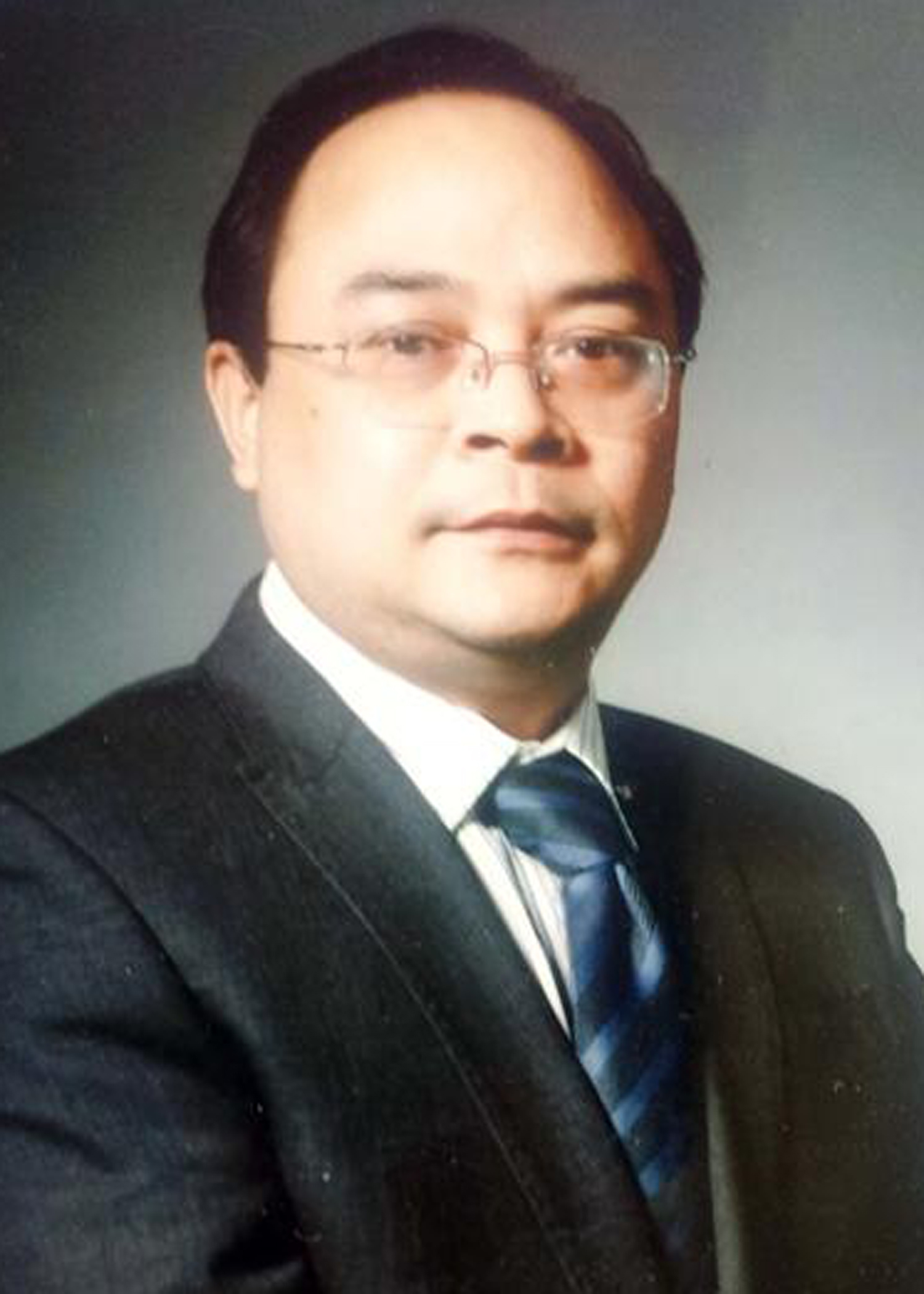Faculty
Biology

SHAOJU ZENG
Professor
Introduction to Dr. Shaoju Zeng
Dr. Shaoju Zeng was graduated from Beijing Normal University (Doctor degree of Cell Biology). He did his post-doctoral research in the Lab of Molecular Neurosciences in University of Edinburg, UK, in which he studied the effects of knocked-out gene (Wnt 8b) on cerebral development. He has published over 60 papers, including about 40 SCI papers, of which 4 were published in the top Journals of Zoology. He obtained about 10 grants from the National Natural Science Foundation of China. His studies are involved in the mechanisms under which the cerebral cortex is developed, and the signaling pathways which play roles in brain development and hair cell regeneration in the inner ear. He is a member of Comparative Physiology Committee, Chinese society of physiology. He is also a member of Behavior Brain and Evolution Club, USA. He was invited to review the articles submitted to Plos One, Brain Research and Cellular & Molecular Biology Letters and so on. He is a member to edite two textbooks used in China i.e., Human Anatomy and Histology》and《Human Anatomy and Physiology》(Published by High education Press).
Research Fields
To study the developmental mechanisms of pallial cortex. We are focused on the genes or signaling pathways which are involved in cell proliferation, migration and differentiation, and the formation of structural patterns of brain. These studies are helpful to understand how the differences are produced for the variations of brains among the vertebrates, and they are useful to know how the transplanted stern cells are proliferated, migrated or differentiated when they are applied to cure some diseases including Alzheimer's disease, Parkinson and so on.
Mammalian hair cells will regenerate after injury, resulting in permanent loss of hearing. However, avian or fish hair cells can be regenerated fully after injury. By performing a high-throughput transcriptomic analysis of gene expression during hair cell regeneration in the chick or mouse cochleae after antibiotic injury, several signaling pathways (Wnt, Notch, BMP, FGF) were found to be involved in the regeneration of hair cells. Some regenerated hair cells were obtained after injury by treated the cochleae with agonist or inhibitors of the signaling pathways. We hope to get more regenerated hair cells by changing the treatments of agonist or inhibitors of the signaling pathways.
Selected Publications
♦ Research Articles
1. Zeng SJ*, Lin YT, Tian CP, Zhang XW, Zuo MX. Evolutionary significance of delayed neurogenesis in the core versus shell auditory areas of Mus musculus. Journal of Comparative Neurology 515: 600-613,2009.
2. Vassiliki Fotaki#, Osmany Larralde#, Shaoju Zeng#, David McLaughlin, Jennifer Nichols, David J. Price, Thomas Theil and John O. Mason. 2010 Loss of Wnt8b has no overt effect on hippocampus development but leads to altered Wnt gene expression levels in dorsomedial telencephalon. Developmental Dynamics 239:284–296
3. Chen Q, Zhang XB, Zhao YL, Zhou X, Zeng SJ* (2014) Sexual differences in cell proliferation in the ventricular zone, cell migration and differentiation in the HVC of juvenile Bengalese finch. PLoS One 9: e97403.
4. Zhao Y, Zhang X, Wang R, Bing J, Wu F, Zhang Y, Xu J, Han Z, Zhang X, Zeng S. (2018) Erbin and ErbB2 play roles in the sexual differentiation of the song system nucleus HVC in bengalese finches (Lonchura Striata var. domestica), Dev Neurobiol. 78:15-38.
5. Bai H, Jiang L, Wang X, Gao X, Bing J, Xi C, Wang W, Zhang M, Zhang X, Han Z, Xu J, Zeng S. (2019) Transcriptomic analysis of mouse cochleae suffering from gentamicin damage reveals the signalling pathways involved in hair cell regeneration. Sci Rep. 9:10494
Contact Information
College of Life Sciences,
Beijing Normal University,
Beijing 100875,
P. R. China
Tel.: +86-10-58804120
E-mail: sjzeng@bnu.edu.cn


